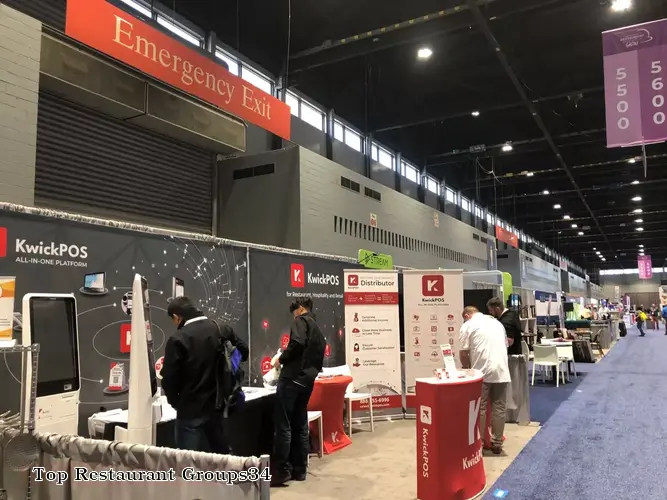

A restaurant group refers to a company that owns and operates multiple restaurants, often with multiple locations across different regions or cities. These groups may be publicly traded, privately held, or a combination of both.
Restaurant groups can benefit from economies of scale by sharing resources, centralizing certain functions such as marketing and procurement, and leveraging their size to negotiate better deals with suppliers. They may also be able to offer career advancement opportunities to employees, as well as more consistent food quality and service across locations.
Some examples of top restaurant groups include:
1. McDonald's Corporation: McDonald's is one of the largest fast-food chains in the world, with over 38,000 locations in more than 100 countries. The company operates both franchised and company-owned locations.
2. Yum! Brands, Inc.: Yum! Brands owns several well-known brands, including KFC, Pizza Hut, and Taco Bell. The company has over 49,000 restaurants across more than 140 countries and territories.
3. Starbucks Corporation: Starbucks is a global coffee chain with over 30,000 locations in more than 75 countries. The company operates both franchised and company-owned locations.
4. Darden Restaurants, Inc.: Darden is a restaurant company that owns several casual dining brands, including Olive Garden, LongHorn Steakhouse, and Cheddar's Scratch Kitchen. The company has over 1,800 locations across the United States and Canada.
5. The Cheesecake Factory Incorporated: The Cheesecake Factory is a restaurant company with over 200 locations across the United States. The company is known for its extensive menu and wide variety of cheesecakes.
Some of the benefits of operating a restaurant group include:
1. Shared resources: Restaurant groups can share resources such as marketing, human resources, and supply chain management across their locations, leading to cost savings and efficiency.
2. Economies of scale: By leveraging their size, restaurant groups can negotiate better deals with suppliers and contractors, which can help reduce costs and increase profitability.
3. Consistency: Restaurant groups can ensure consistency in food quality, service, and branding across their locations, which can help build customer loyalty and trust.
4. Career advancement opportunities: Restaurant groups can offer career advancement opportunities to employees, which can help with retention and recruitment.
5. Increased bargaining power: Restaurant groups can use their size to negotiate better deals with suppliers, landlords, and other partners.
However, there are also some potential drawbacks to operating a restaurant group, including:
1. Loss of personal touch: As a restaurant group grows, it can be challenging to maintain the personal touch and connection with customers that may have been present in the early days of the business.
2. Bureaucracy: A larger organization can lead to more bureaucracy, which can slow down decision-making and make it harder to adapt quickly to changing market conditions.
3. Brand dilution: Expanding too quickly or without proper planning can lead to a dilution of the brand's reputation and customer experience.
Overall, restaurant groups can benefit from economies of scale, shared resources, and increased bargaining power. However, it's important to be mindful of the potential drawbacks and ensure that the quality of the customer experience and brand reputation are maintained as the business grows.
DISCLAIMER: This information is provided for general informational purposes only, and publication does not constitute an endorsement. Kwick365 does not warrant the accuracy or completeness of any information, text, graphics, links, or other items contained within this content. Kwick365 does not guarantee you will achieve any specific results if you follow any advice herein. It may be advisable for you to consult with a professional such as a lawyer, accountant, or business advisor for advice specific to your situation.
today
Copyright © 2025 Kwick365.com
Designed by KwickPOS is the best restaurant POS